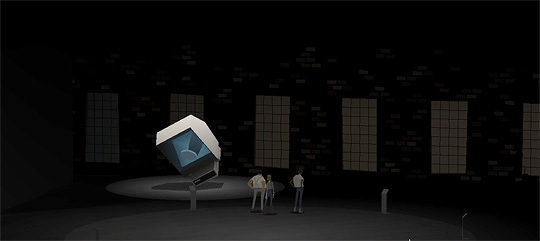I'm currently teaching a Unity class at Parsons called
"Building Worlds" -- and I'm treating it as my opportunity to get everything right and
Solve All Problems in Game Dev Education... Obviously, the reality of the class is much more complicated, and ambitious teaching philosophies never really survive a semester intact.
But before I become bitter and jaded, here are the main principles / pillars I'm starting with:
0) Game development is not game design. The former concerns process, implementation, and engineering, the latter is the art of theoretically abstracting behaviors and relationships into something compelling.
1) Breadth. Everyone should know a bit of every aspect of game development, a "liberal arts" education in all facets of development, and
everyone should be able to make a game entirely by themselves. All developers should have basic drawing / modeling skills, basic coding skills, and basic design skills. Of course, everyone has their specialties and interests, but the goal of game development education should be to produce independent, T-shaped developers who can see the big picture and collaborate when they need to. Don't specialize too early.





